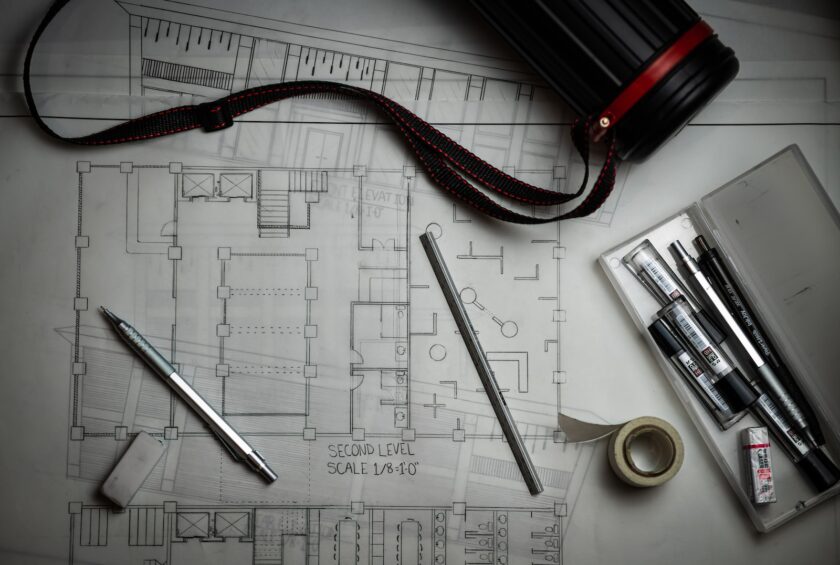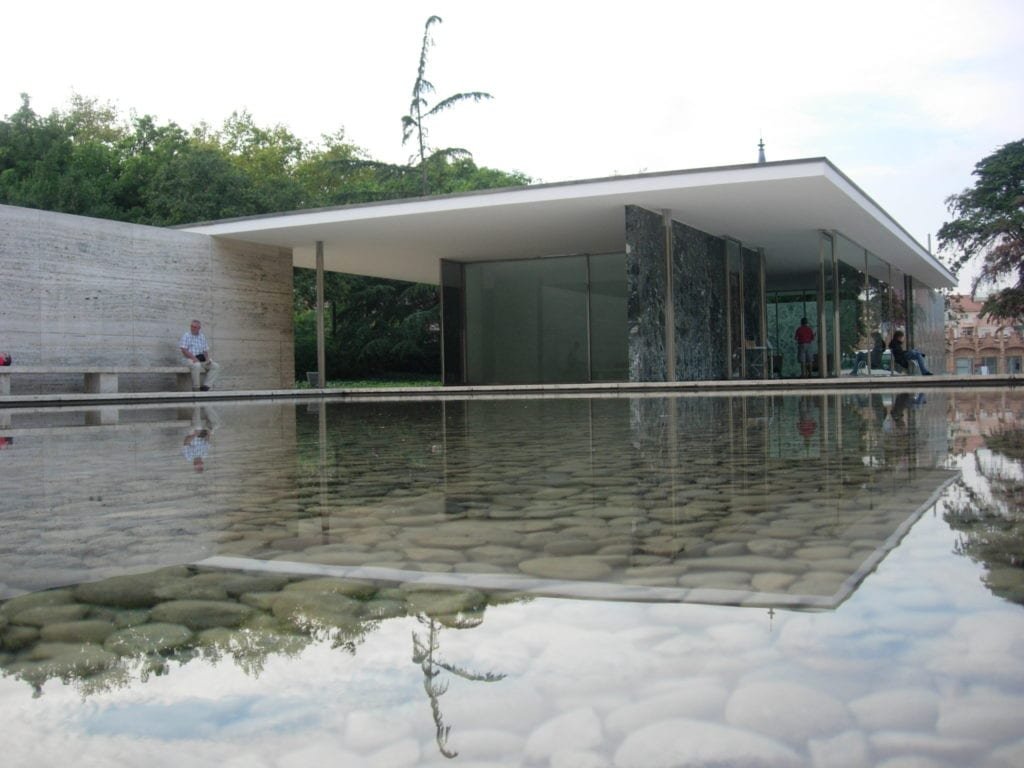Architecture has been the cornerstone of human civilization since the beginning of time. Every era has its unique architectural styles and designs, which are a reflection of its culture and values. Architectural drawings are an integral part of this process. They are the visual representation of an architect’s ideas and thoughts. The creation of architectural drawings is an art form that requires skill, precision, and attention to detail.
In this article, we will explore the world of architectural drawings. We will discuss their types, importance, and how they are created. Whether you are an architecture student, a professional architect, or someone who is interested in the built environment, this guide will help you understand the art of architectural drawings and how they shape our world.
Types of Architectural Drawings:
Architectural drawings can be categorized into two types: technical drawings and conceptual drawings.
- Technical Drawings:
Technical drawings are detailed and precise drawings that depict the technical aspects of a building. These drawings are used by architects, engineers, and builders to understand the dimensions, materials, and construction techniques required to build a structure. Some common types of technical drawings are:
- Floor plans: A floor plan is a 2D drawing that shows the layout of a building from above. It shows the location of rooms, doors, windows, and other architectural features.
- Elevations: Elevations are 2D drawings that show the exterior appearance of a building from different angles. They depict the height, width, and depth of a building and show details such as doors, windows, and materials.
- Sections: Sections are 2D drawings that show a cutaway view of a building. They depict the internal structure of a building, including the walls, floors, and ceilings.
- Details: Details are 2D drawings that show specific construction details such as joints, connections, and fasteners. They provide a detailed understanding of how different parts of a building are put together.
- Conceptual Drawings:
Conceptual drawings are artistic representations of a building’s design. They are used to communicate the overall design concept and aesthetic vision of a building. Some common types of conceptual drawings are:
- Sketches: Sketches are freehand drawings that are used to explore different design options. They are often used in the early stages of the design process to generate ideas and concepts.
- Renderings: Renderings are 2D or 3D images that show what a building will look like when it is completed. They are often used to present a building’s design to clients or stakeholders.
- Models: Models are physical or digital representations of a building’s design. They are used to test and refine the design before construction begins.
Importance of Architectural Drawings:
Architectural drawings play a critical role in the design and construction of buildings. Here are some reasons why architectural drawings are important:
- Communication: Architectural drawings are a universal language that architects, engineers, and builders use to communicate their ideas and thoughts. They allow different stakeholders to visualize the design and understand the construction process.
- Precision: Architectural drawings are precise and accurate. They provide detailed information about a building’s design, materials, and construction techniques. This precision helps ensure that the building is built correctly and meets all safety standards.
- Cost Savings: Architectural drawings help minimize construction errors and rework. They allow builders to plan and execute construction efficiently, which can lead to cost savings.
Creating Architectural Drawings:
Creating architectural drawings requires skill, knowledge, and attention to detail. Here are some steps involved in creating architectural drawings:
- Collect Information: Before starting to draw, an architect needs to gather all relevant information about the building project. This includes the client’s requirements, site location, building codes, zoning laws, and budget.
- Preliminary Sketches: Once the architect has all the information, they will start creating preliminary sketches. These sketches help explore different design options and develop a concept for the building.
- Develop Technical Drawings: Once the concept is finalized, the architect will create technical drawings. These drawings will show the dimensions, materials, and construction techniques required to build the building.
- Review and Revisions: After the technical drawings are completed, they will be reviewed by the architect, engineers, and builders. They will make any necessary revisions to ensure the building meets all safety standards and regulations.
- Final Drawings: Once all the revisions are complete, the architect will create final drawings. These drawings will be used by the builders to construct the building.
FAQs:
- Are architectural drawings essential for building a structure?
Yes, architectural drawings are essential for building a structure. They provide precise and accurate information about the building’s design, materials, and construction techniques. This helps ensure that the building is built correctly and meets all safety standards.
- What are the different types of architectural drawings?
There are two types of architectural drawings: technical drawings and conceptual drawings. Technical drawings are detailed and precise drawings that show the technical aspects of a building. Conceptual drawings are artistic representations of a building’s design.
- How are architectural drawings created?
Architectural drawings are created through a process that involves collecting information, creating preliminary sketches, developing technical drawings, reviewing and revising, and creating final drawings.
Conclusion:
Architectural drawings are a critical component of the design and construction of buildings. They provide precise and accurate information about a building’s design, materials, and construction techniques. Whether you are an architecture student, a professional architect, or someone interested in the built environment, understanding the art of architectural drawings is essential. By exploring the world of architectural drawings, you can gain a deeper appreciation for the beauty and complexity of the buildings that surround us.

As an architecture and interior designer, I am passionate about creating spaces that inspire and delight those who inhabit them. With over a decade of experience in the industry, I have honed my skills in both the technical aspects of design and the art of crafting beautiful, functional spaces.
After earning my degree in architecture, I began my career working for a prestigious firm where I was exposed to a wide range of projects, from commercial buildings to high-end residential properties. During this time, I developed a keen eye for detail and a deep appreciation for the importance of form and function in design.
In recent years, I have struck out on my own, founding my own design studio where I have been able to further explore my passion for interior design. I believe that a well-designed space can transform the way people live and work, and I take pride in working closely with clients to understand their needs and create spaces that exceed their expectations.
Throughout my career, I have been recognized for my innovative and creative approach to design, and have been honored with a number of awards and accolades. When I’m not working on design projects, you can find me exploring the outdoors or seeking inspiration in the world around me.



